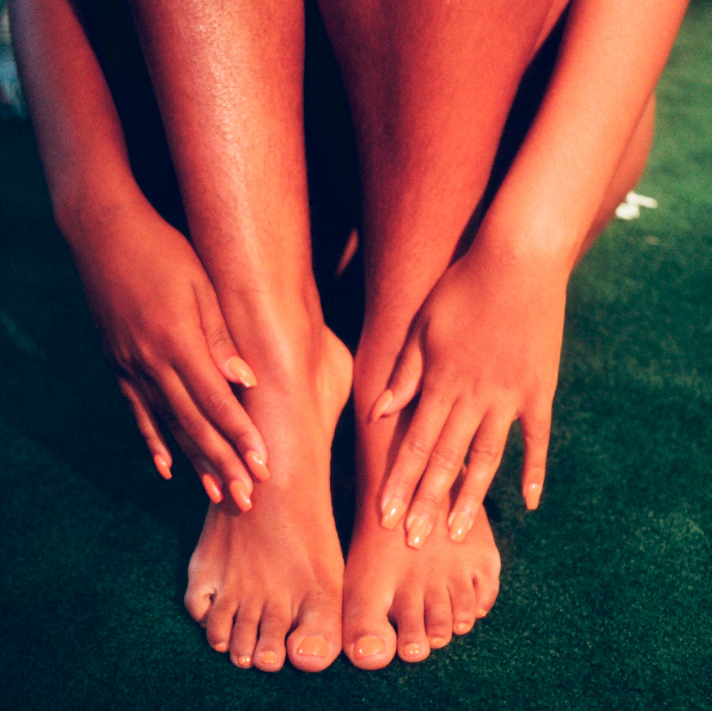The human foot and ankle are marvels of biological engineering, designed to provide balance, support, and mobility. The intricate structure of the foot and ankle, consisting of bones, ligaments, muscles, and tendons, can be prone to various injuries and disorders. This is where foot and ankle orthopaedics comes into play, an essential branch of medical science dedicated to the diagnosis, treatment, and prevention of disorders related to these vital parts of the body.
Anatomy of the Foot and Ankle
Understanding foot and ankle orthopaedics begins with a basic grasp of the anatomy involved. The ankle serves as a complex hinge joint, formed by the meeting of three bones: the tibia, fibula, and talus. The foot, comprising 26 bones, is divided into three sections: the forefoot, midfoot, and hindfoot. These structures are supported by a network of ligaments, muscles, and tendons, enabling a wide range of movements.
Common Conditions and Injuries
Foot and ankle orthopaedics deals with a variety of conditions. Some of the most common include:
- Ankle Sprains: Often occurring during sports or everyday activities, ankle sprains involve the stretching or tearing of ligaments around the ankle.
- Plantar Fasciitis: This is a common cause of heel pain, resulting from inflammation of the plantar fascia, the ligament connecting the heel to the toes.
- Achilles Tendonitis: This condition involves inflammation of the Achilles tendon, the large tendon connecting the calf muscles to the heel.
- Fractures: Foot and ankle fractures can range from simple breaks in a single bone to complex ones involving multiple bones and joints.
- Arthritis: Arthritis can affect various joints in the foot and ankle, causing pain, swelling, and reduced mobility.
Treatment Modalities
The field of foot and ankle orthopaedics offers a range of treatments, from conservative to surgical:
- Non-surgical Treatments: These include rest, ice, compression, and elevation (RICE), physical therapy, orthotics, and medications for pain and inflammation.
- Surgical Treatments: In cases where non-surgical treatments are ineffective, surgery may be necessary. Procedures can range from minimally invasive arthroscopy to complex reconstructive surgeries.
- Rehabilitation: Post-treatment rehabilitation is crucial for full recovery, involving exercises to restore strength, flexibility, and range of motion.
Prevention and Care
Preventive care is a key aspect of foot and ankle orthopaedics. This includes wearing proper footwear, maintaining a healthy weight, and engaging in exercises that strengthen foot and ankle muscles. Regular check-ups are important, especially for individuals with diabetes or circulatory problems, as they are more prone to foot issues. For people with existing foot or ankle orthopaedic conditions, it is ideal to have a trusted orthopaedic specialist who can provide you specialised care.
Innovations in Foot and Ankle Orthopaedics
The field is continuously evolving, with advancements in diagnostic tools, surgical techniques, and rehabilitation protocols. Innovations like 3D printing for custom orthotics and prosthetics, minimally invasive surgical techniques, and regenerative medicine therapies are transforming patient care.
Foot and ankle orthopaedics play a crucial role in maintaining our mobility and quality of life. From treating common injuries to complex reconstructive surgeries, the field is vital for addressing the wide spectrum of foot and ankle disorders. With ongoing research and technological advancements, the future of foot and ankle orthopaedic care looks promising, offering hope for improved treatments and recovery outcomes.














